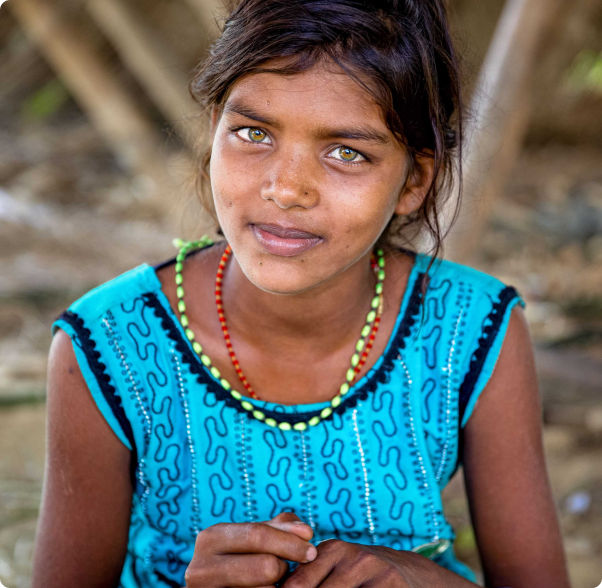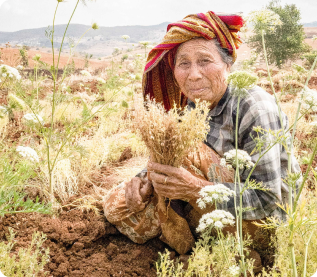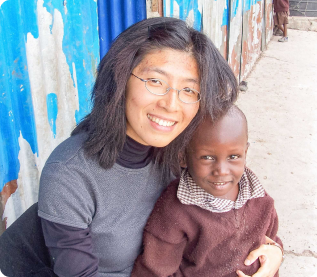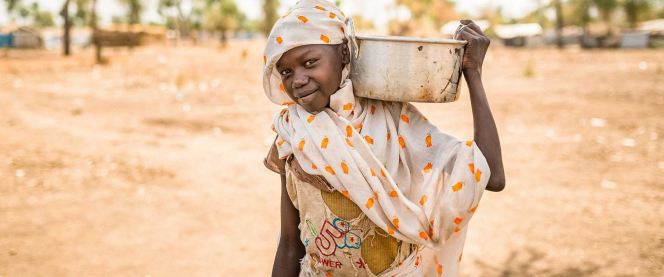Summary
Namibia, whose anthem deems them, “The Land of the Brave”, began a grueling fight for freedom in 1966 led by the South-West Africa People’s Organization. It was two decades before South Africa agreed to remove their administration from Namibia in compliance with a UN peace plan. More than 20 years after the treacherous war for freedom, the country has begun the healing process.
A semi-desert nation in southern Africa, Namibia is bordered by Botswana, Angola, and South Africa. With an extremely hot and dry climate and extended periods of drought, Namibians frequently lack freshwater resources. The nation is also the fourth highest HIV/AIDS-infected country in the world, and life expectancy for Namibians is less than 60 years. Rich in diamonds, zinc, uranium, and other natural resources, much of the nation’s economy relies on the mining industry. As a result, Namibia became the first African country to include environmental protection in its constitution. While the nation’s natural resources are abundant, more than 35% of Namibians are without work, leaving many of the people in great poverty.
Although more than 90% of the population is Christian, afro-spiritualism has crept its way into the church, leading to syncretistic worship practices. However, a prayer movement is sweeping the nation and building community among Christians of several denominational backgrounds. The San, the Himba, and the peoples of the Kavango and Caprivi Strip are the least evangelized of Namibia, and missionaries need wisdom and discernment to develop specific approaches to reach these people groups. Purity in worship and in the Church must be restored in the lives of Namibian Christians. The deeper their walk with God, the brighter the light of Christ will shine through them, attracting those who have not heard or do not yet believe.




